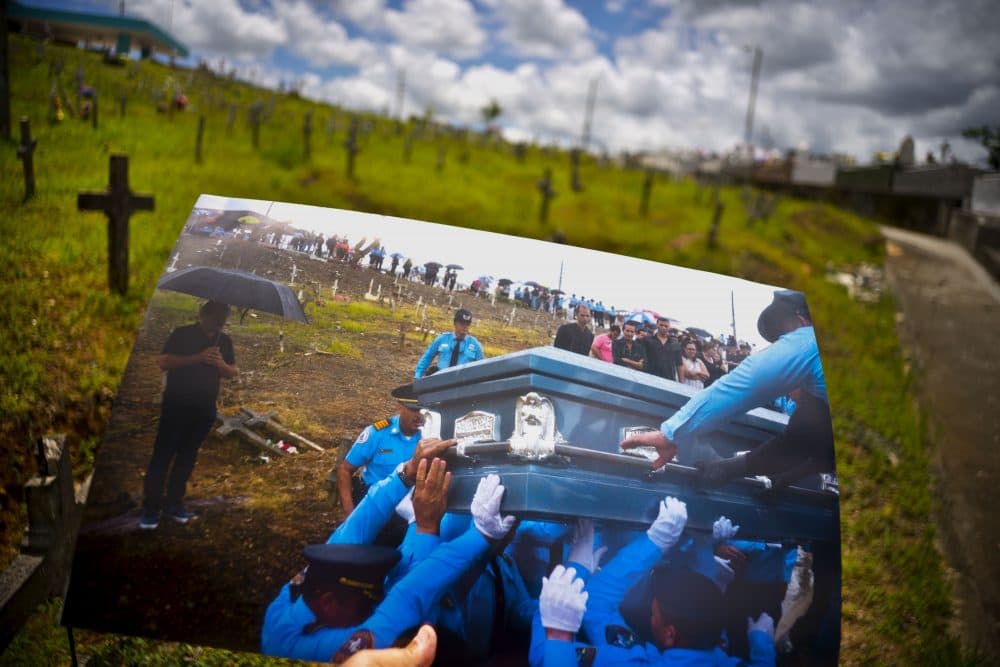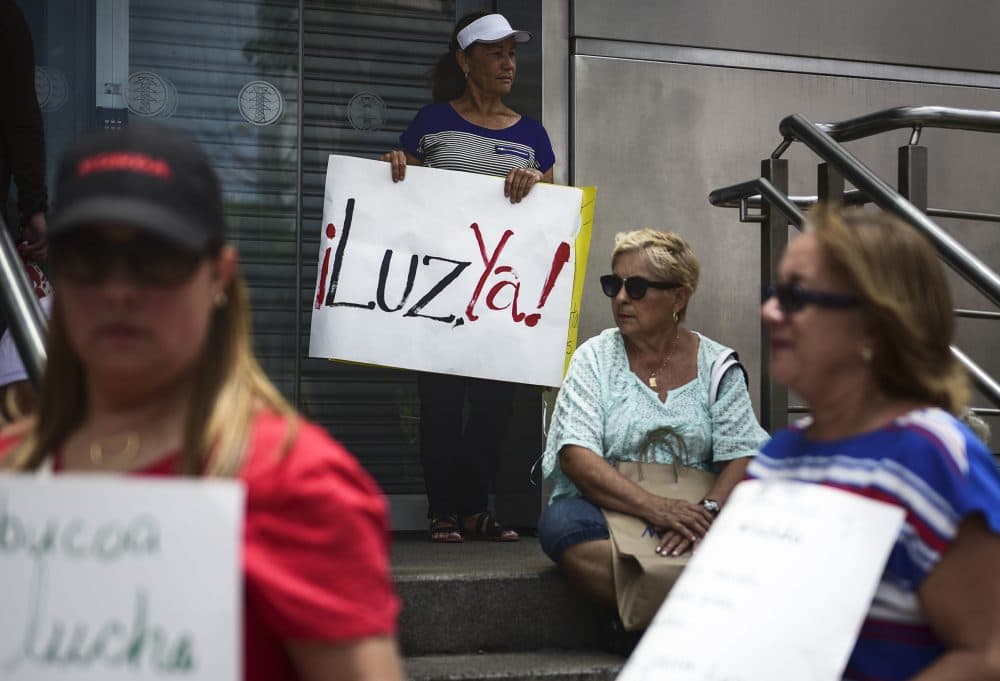Advertisement
commentary
The Tragedy Of Hurricane Maria Was Worse Than We Knew — And It's Not Over Yet

Now we know: Nearly 5,000 people lost their lives in the aftermath of Hurricane Maria in Puerto Rico. We know because a team of Harvard researchers conducted a household-based survey about the period from Sept. 20 through Dec. 31, 2017, and published a thorough study.
Not surprisingly, the news sparked a small firestorm in the media on the U.S. mainland. The number is shocking, exponentially higher than the official number of 64 deaths, and would make Maria the second deadliest hurricane in U.S. history — more than twice as fatal as Hurricane Katrina. Puerto Rico's statistics institute is now suing the U.S. territory's health department and demographic registry for data on the number of people who died. It’s appalling that we are just now beginning to understand the scope of the devastation.
In Puerto Rico, however, while people were shocked by the report, they were not surprised. Hurricane Maria was more than a storm for people who live there: It was a natural disaster that tore apart the fragile infrastructure that is the foundation of modern life in a developed country.
It’s appalling that we are just now beginning to understand the scope of the devastation.
But Maria lasted much longer than a day. It lasted longer than the three months in the study. In fact, the impact endures to this day. At Oxfam, we still hear from families who drive hours to deliver refrigerated insulin to diabetic relatives without power. We still talk to elderly women who crank their husbands’ dialysis machines by hand every day. And we meet people in difficult situations, such as the 75-year-old man, denied FEMA assistance, living by himself in a house that is falling apart. Oxfam’s local partner found him sitting in a broken chair with his only book, a Bible, in his hands.
Indeed, many Puerto Ricans say that the island may never fully recover from Maria, as professionals and young people move to the mainland, and people in the central highlands are giving up hope that things will get better. Across the island, suicides are on the rise.
When people emerged from their homes, they saw destruction everywhere: windows shattered, roads littered with debris, bridges washed away. But as the days marched on, they found devastation that wasn’t visible, but that had ripped up the systems that supported a sophisticated economy and society.
On Sept. 19, the day before Maria made landfall in Puerto Rico, people drove to work in skyscrapers, weathered tropical days in air-conditioned offices, communicated seamlessly across the island and across the ocean and relied on modern medicine to care for extended families.

On Sept. 20, the island was plunged into darkness — and back in time.
It's clear now that the U.S. government response was sluggish and inadequate. Supplies had not been prepositioned. Federal relief workers were slow to arrive. Despite the enormous resources spent and personnel mobilized, the response was too little and too late.
For months, people were compelled to spend their time, money and labor in on the struggle to keep their families safe and healthy. When I visited in December, I was shocked to find so many people still without power, water or proper shelter. Overnight, life had become arduous and dangerous.
Central to the tragedy was the loss of power. Roughly 3.5 million people were cut off from the electricity which powered both everyday essentials — such as lights, refrigerators, cell phones — and the medically vital — such as dialysis machines, oxygen concentrators, diagnostic equipment and surgical lighting. While inconvenient for all, this lack of power was fatal for hundreds, especially the elderly, disabled and infirm.
Many of the deaths reported in the study resulted from halted and inadequate health care while power slowly flickered on and off. However, even by Dec. 31, nearly 2 million people were still without power. Even today, thousands are still waiting, or are experiencing intermittent access to power; Oxfam staff and partners work in communities where people know they cannot rely on continuous service.
Indeed, many Puerto Ricans say that the island may never fully recover from Maria ...
The blackout also washed out access to running water for millions, which posed significant risks to health and safety. Those who couldn’t find or afford bottled water would turn to sources such as creeks; people suffered water-borne diseases. And the labor to maintain a household without water -- cleaning, bathing, washing clothes -- is exhausting.
On June 1, the 2018 hurricane season began, and the most vulnerable are at more danger than ever. Now is the time for authorities to ensure all hospitals have backup generators and water, supplies for emergencies and a plan in place for communications. Oxfam urges all authorities involved — including FEMA, Puerto Rican authorities, and the federal government — to urgently find a solution for the thousands of Puerto Ricans who remain without power.
We’ll never know how many deaths could have been prevented if the government had mustered a more robust response — to repair the grid or provide alternative power sources.
But we do know that we should be doing all we can, now, to prevent a tragedy of this scale from happening again.
